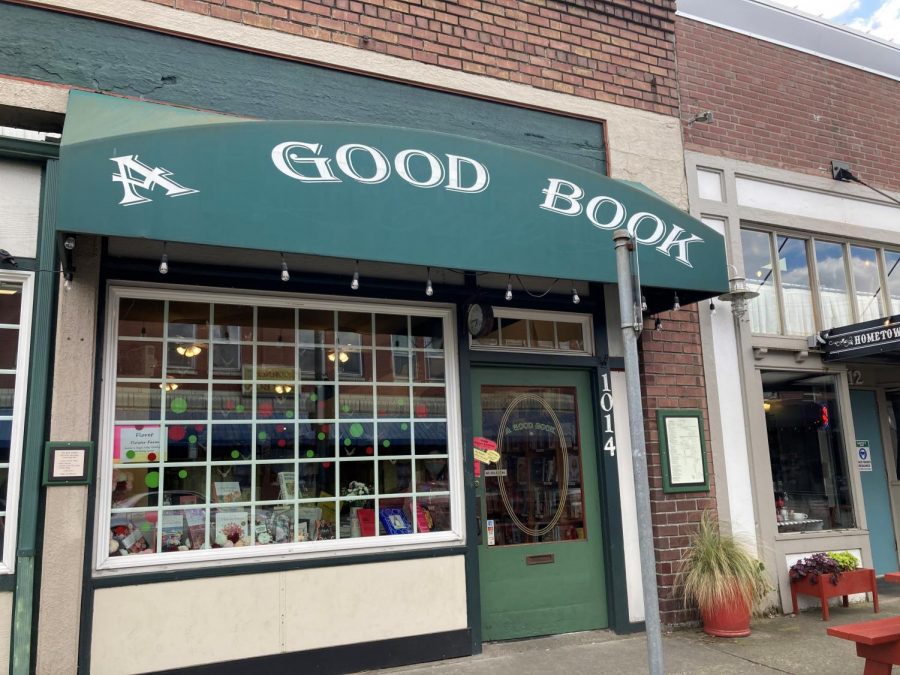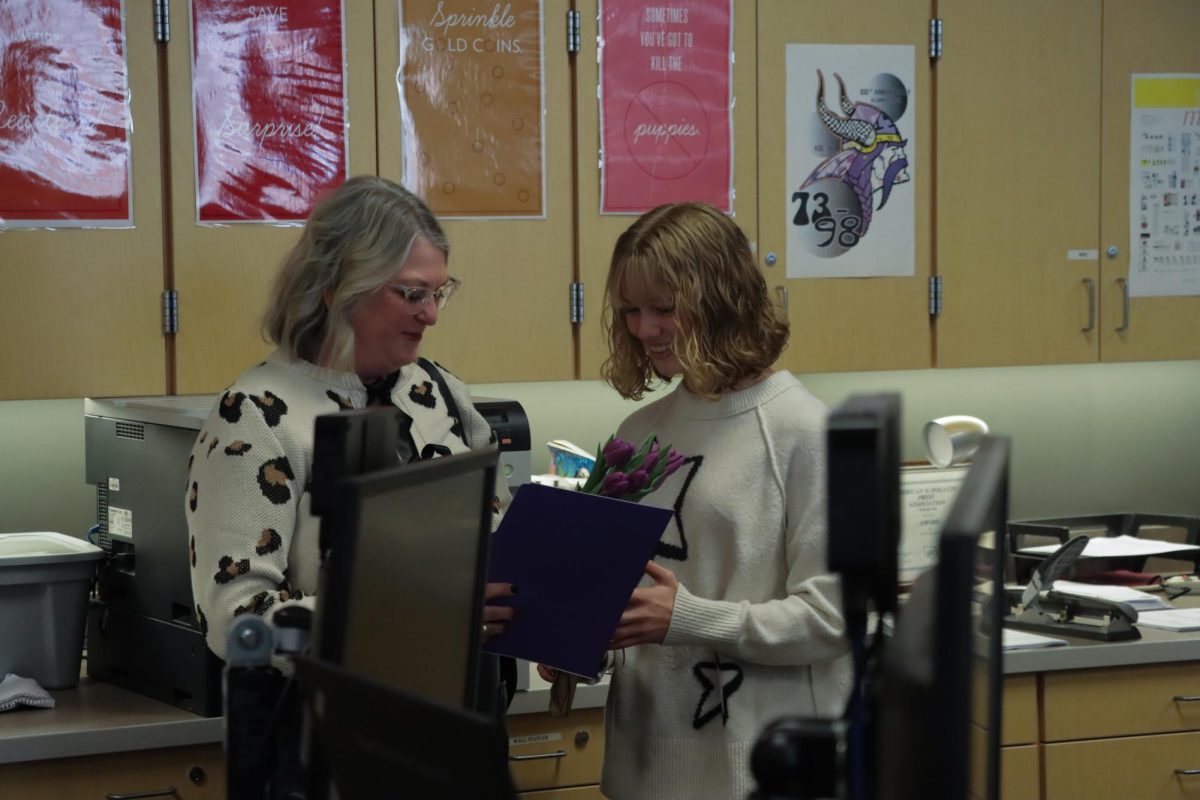The screaming.
The laughing.
The scent of cotton candy wafting through the air.
All things that have been a given in the Puyallup valley for the last 120 years.
The Washington State Fair, formerly known as the Puyallup Fair, has been a staple of the Puyallup community. Every year, the fair attracts an average of 1 million people over the span of their 20 day fall season.
Due to the ongoing pandemic, the Fair was forced to close their gates and reevaluate how Washington state was going to “do the Puyallup” this year.
Renee McClain has been the Chief Financial Officer of the fair for the last 25 years and has been attending since she was 16. She knows that the fair has a strong impact on the local economy and with its closure, for both the spring and fall fairs, many parties have been affected.
“The hotel industry has been significantly impacted. They are booked [full] when the Fair is going on from our exhibitors, vendors [and] guests, whomever that may be. [COVID-19] definitely hits them extremely hard. It [impacts] all the people we employ ourselves, about 15,000 during the Fair, so all of those people are not able to work. Therefore the money that they’re making isn’t going back into the economy,” McClain said.
Since many people travel from out of town to visit the fair, there’s a lot more money being spent in the local economy. The Fair itself makes a significant amount, but so do many of the hotels and surrounding businesses.
“It’s a couple hundred millions dollars that the Fair generates and brings in, in direct spending [inside] the Fair and indirect spending outside of the Fair. It’s definitely significant,” McClain said.
Mike Christensen is a fourth generation co-owner of the Sales Family business, one of the many concession stands at the Fair, most known for their Krusty Pups. The Sales Family gets a lot of business at their multiple booths inside the fair.
“During a normal fair season, we have eight stands and about 230 employees. We have people that have worked for us for up to 30 years and we have people that live in other states that fly in and stay for the month as a full blown operation,” Christensen said.
The Fair board had some decisions to make when COVID-19 started to affect the whole world. They had to evaluate how to best handle the situation.
“When [COVID] hit us in the middle of March, and being in a gathering business no matter if that’s year around or during our Fair, we ended up having to cancel all of our events at that time. We then ended up having to cancel our spring fair. We were then waiting and ended up having to cancel our state fair,” McClain said.
The Sales Family also had to identify how COVID was going to affect them. They had to decide what would be most beneficial for their business.
“As soon as we knew that COVID-19 was happening we sat down and took a look at our finances and determined that, if we didn’t open, we would be fine for a year or until this thing rights itself. That gave us the opportunity to be able to play the two drive-thru sessions that they had and that was beneficial to just help [us] along a little bit,” Christensen said.
One thing the fair was able to do in order to stay relevant to the community and keep fair memories alive was to hold multiple drive-thru fair food sessions throughout the summer.
“One thing we found was that we could do drive-thrus. We [kind of] tested that in July and it was successful. It’s not a fair, but it gave some of our long-term, local concessioners a chance to get out there and make some money. Just being relevant and being out there was a positive thing,” McClain said. “We then wanted to enhance the experience so that people could still come and have it be a memory, still get their favorite food. We added animals, some displays, [and] music just to be heard throughout [the drive-thru].”
The Sales family was able to run one stand during the altered schedule. This was a drop from their normal eight stands, but they were still able to get some income.
“The drive-thru was great but running one stand, two days a week, versus running eight stands for 20 days straight [is very different]. Clearly, the revenue doesn’t even begin to match,” Christensen said.
The Fair itself also took a financial hit. They were still able to use some funds that they had in reserves to run the fair food drive up and go.
“Financially it’s just been a drop in the bucket for us. When this all happened, we had to look at our business model. The very positive piece is we were coming into this year with significant cash reserves because we were getting ready to do some significant capital projects… Unfortunately, the pandemic has made us have to go in and use those reserves just to stay vital and operating,” McClain said.
Christensen knows that the Krusty Pup stands are going to be at the Fair in some capacity next year. The element that their business is dependent upon is the Fair itself.
“The question is gonna be at what level, if we open next year even for the spring or fall fair, at whatever size the fair choses to open, then that’ll determine on what scale we open. It’s all driven by supply and demand,” Christensen said. “As soon as this thing levels out, then we’re fine. It’s just a matter of surviving what’s currently going on.”
The absence of the fair this year was definitely a shock to many this year after operating for 120 years without interruption, but the community was able to make the most of it and still find some way to “do the Puyallup.”
“Ninety five percent of the people are like, ‘Thank you for being here. Thank you for having this event. This has been a tradition at least we can say we did the Fair in some manner,’” McClain said.



